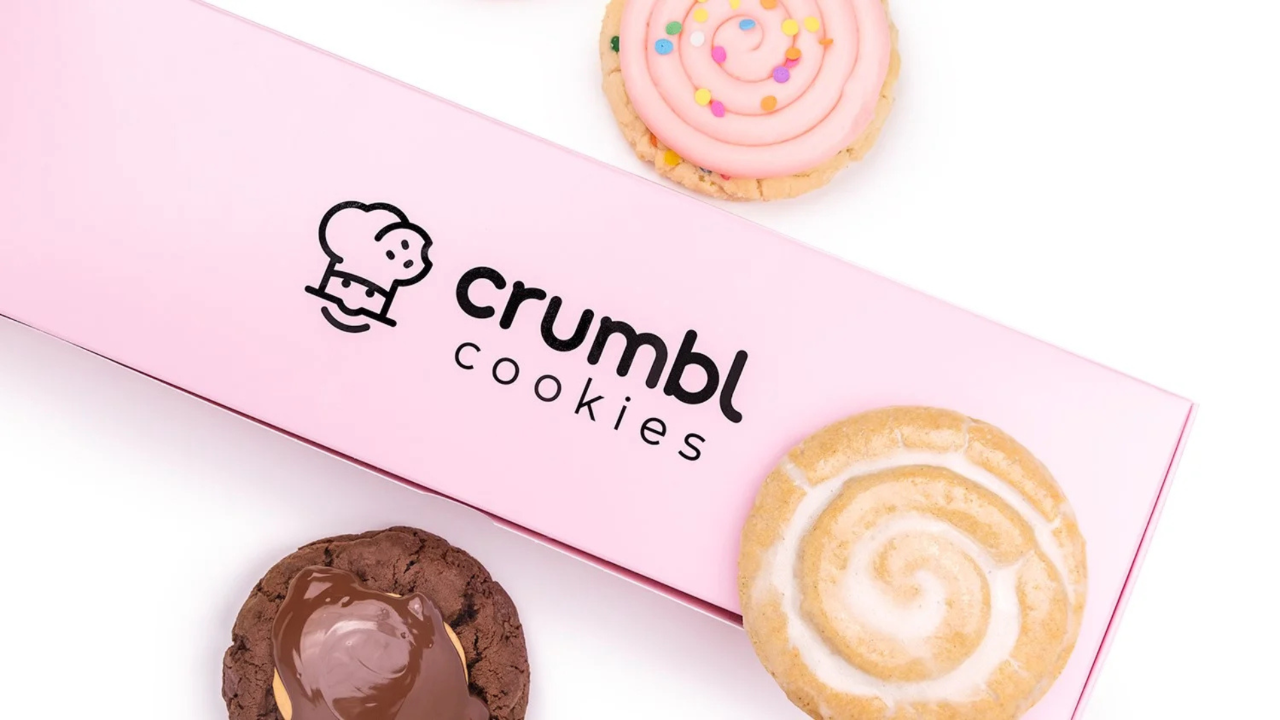Power Play: Brands Are Using Pop Culture Marketing to Connect Effectively with Consumers
Dec 06, 2024
Pop culture marketing has become a powerful force in shaping both brands and culture in today’s digital world. As more aspects of our lives shift online, brands are increasingly influencing our identities, much like the clothes we wear.
Pop culture marketing allows brands to connect with audiences on a deeper level by tapping into current trends, memes, and cultural moments.
The impact of pop culture marketing on brands is undeniable, as it helps them stay relevant and resonate with consumers. In this article, we explore four companies that are successfully integrating pop culture marketing into their branding strategies.
NIKE
Nike has shaped sneaker culture more than any other company. It has united streetwear, hip hop, and running together, humanised super athletes, and reshaped Americans' perceptions on exercise.
People can be seen wearing the athletic giant's products all over the world. Its distinctive swoosh serves as a universal language and symbol that is recognized and understood by almost everyone on the planet.
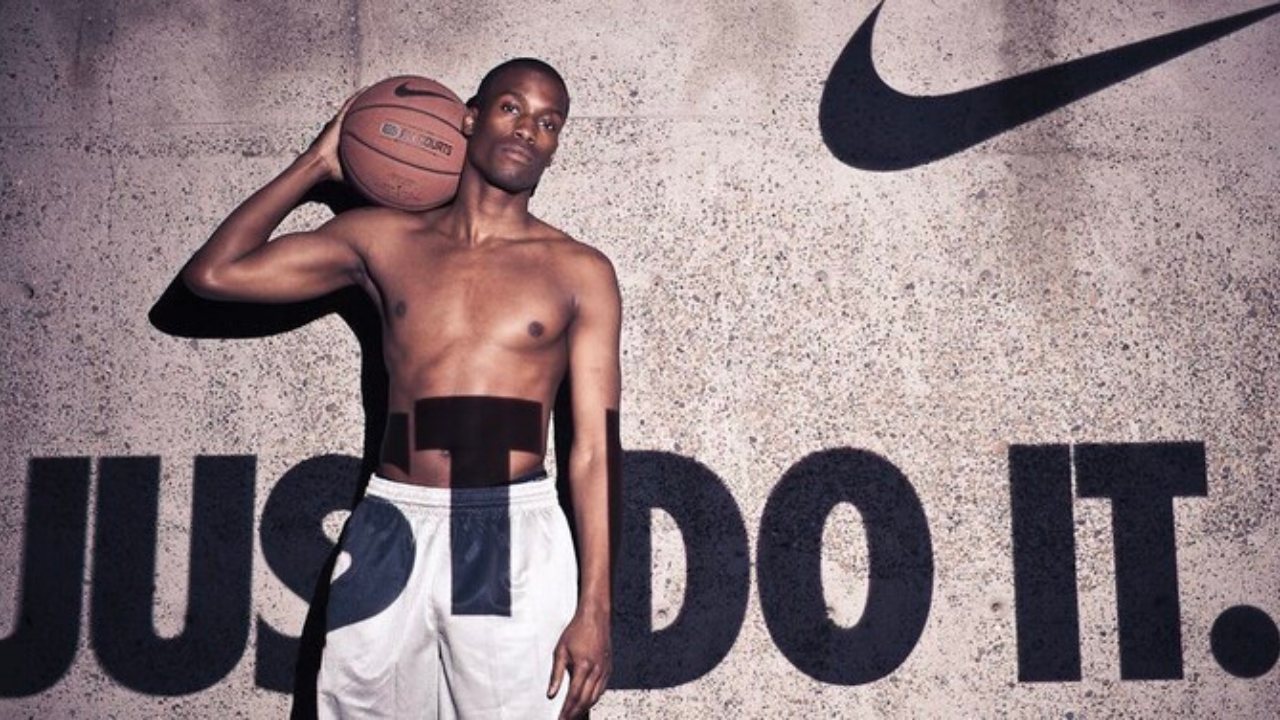
To stay current with trends and relevant to their audience, Nike creates advertising based on current events and pop culture marketing.
They also regularly employ well-known celebrities in pop culture as spokespeople to help them convey a message or a concept.
The company is associated with the best athletes on the planet like Cristiano Ronaldo, Michael Jordan, LeBron James, and Roger Federer.
Through these sports icons personifying the brand and putting their faces in front of the brand or its product, Nike has established a unique position in the sporting world and in pop culture marketing.
Nike emphasises this brand identity on social media, creating visually attractive material that showcases the Nike way of life.
Nike centres their brand identity on fitness and a better lifestyle rather than just selling a product.
It focuses on sharing stories that resonate with their customers' aspirations, goals, lifestyles, and dreams. Nike's emotional branding initiatives include stories and posts that highlight empowerment and positivity.
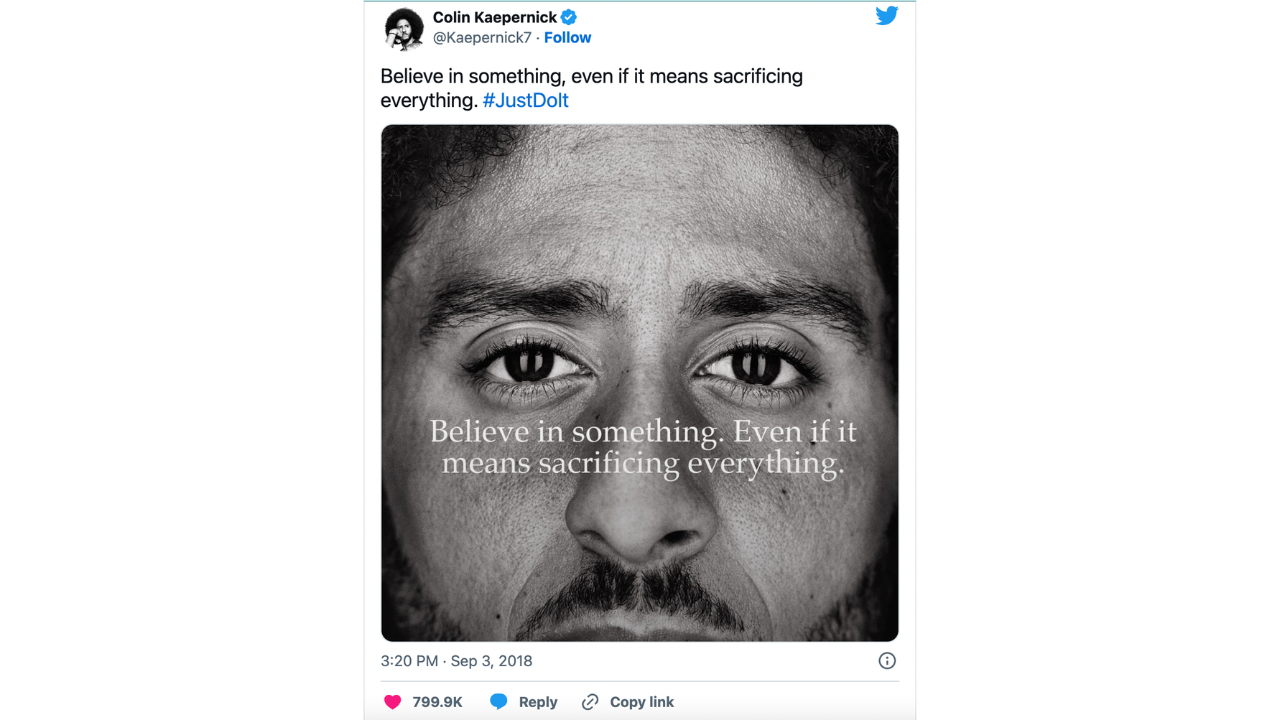
Additionally, the brand has long supported female athletes and non-athletes in pop culture that represent their target market, which are highlighted by the brand on their full account, @NikeWomen.
Your brand must adapt to the changing world around us, including the influence of pop culture marketing, because it is unlikely that all of your customers will be of a single gender.

Mc-Donalds
McDonald's global dominance can be largely attributed to its strategic use of pop culture marketing. Over the past decade, pop culture marketing has evolved, with brands increasingly turning to celebrity influencers to connect with their audience.
McDonald's has taken this trend to the next level by partnering with some of the biggest pop music stars in the world. By aligning itself with mainstream pop culture, McDonald's has successfully revitalized its brand and generated significant buzz through celebrity meal endorsements.
This smart use of pop culture marketing has allowed McDonald's to stay relevant and maintain its position at the forefront of the fast-food industry.
Their recent collaborations with rapper and pop culture icon, Travis Scott, Colombian reggaeton singer, J Balvin and world-renowned K-Pop supergroup—BTS has allowed the brand to stay relevant and thrive in a society that is moving away from fast-food options and towards healthy food.
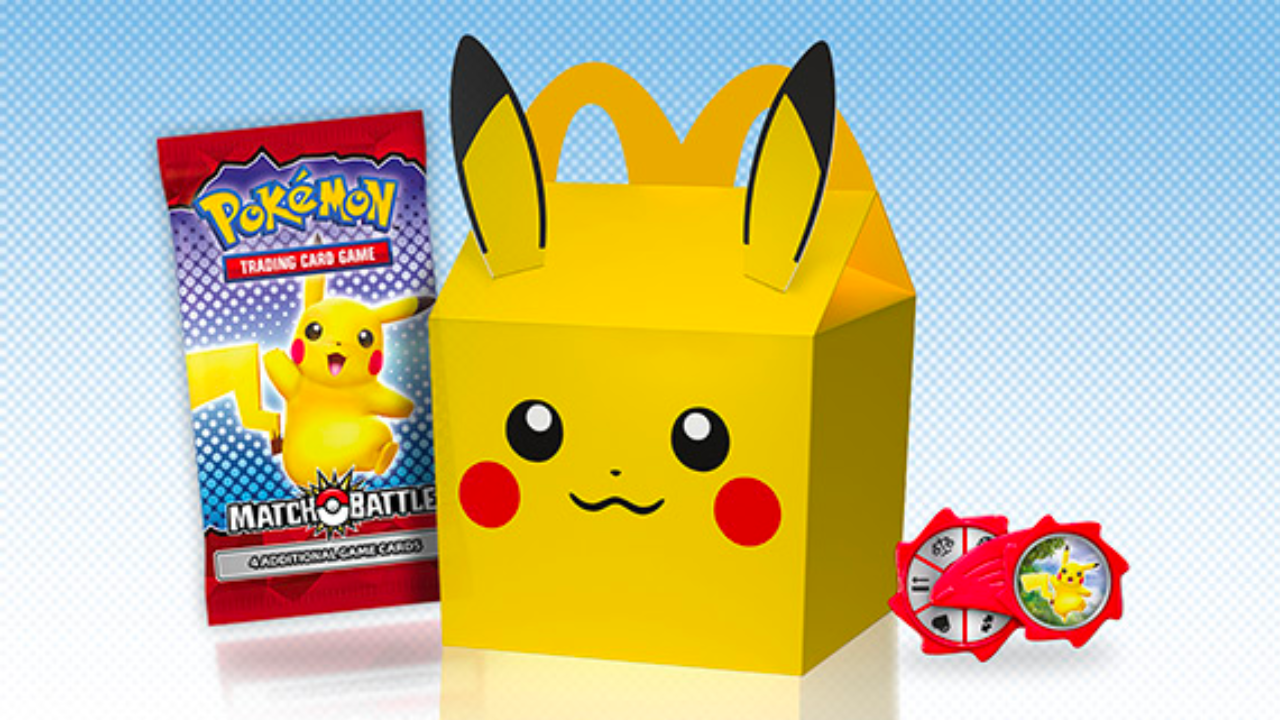
Given the current infatuation with celebrities in pop culture, McDonald's has used this pop culture marketing opportunity by giving customers a taste of the lifestyle of their favourite celebrities in a way that they can readily imitate.
Fans were inspired to try Travis Scott's go-to meal after learning that he had become a fan of a McDonald's meal.
Even though the ingredients and menu choices at McDonald's are straightforward, consumers nevertheless feel a connection to celebrities by eating the same things they did as kids.
Due to Gen Z's well-known clout-chasing culture and their influence in pop culture, companies have been able to co-opt the success of the hype-driven business strategies used by the aforementioned influencer brands and their brand partners in the arts and entertainment sectors by associating themselves with these mainstream influencers.
These strategies are now being used by brands like McDonald's, who select celebrity endorsers from pop culture to tell their brand stories in a creative approach that emphasizes status.
Supreme
Authenticity and simplicity set Supreme apart from many of its competitors. Supreme has a tradition of producing immaculate brand items that have engaged customers from all around the world.
The primary design principle of Supreme is to produce works of art rather than pieces of clothing, by incorporating images from pop culture and collaborating with artists.
The iconic brand designs intricate pieces of clothing that are both simple to wear and stylish, creating apparel that many would consider works of art.

Being the fashion icon that he is, Kanye West was caught sporting a pair of Supreme Blazer SBs, a Supreme and Nike shoe collaboration, at the Grammy Foundation Starry Night Party in 2007.
This very second would commemorate the event that catapulted Supreme into the cultural phenomenon it is today.

After that, the cost to resell Supreme clothing increased significantly. Because of this, Supreme's clothing and other products are valued highly in modern society.
Celebs sharing photos of themselves wearing Supreme only feeds the fire Supreme has started.
How does Supreme promote their clothing now that its items are in such high demand? The straightforward answer is to keep products in short supply.
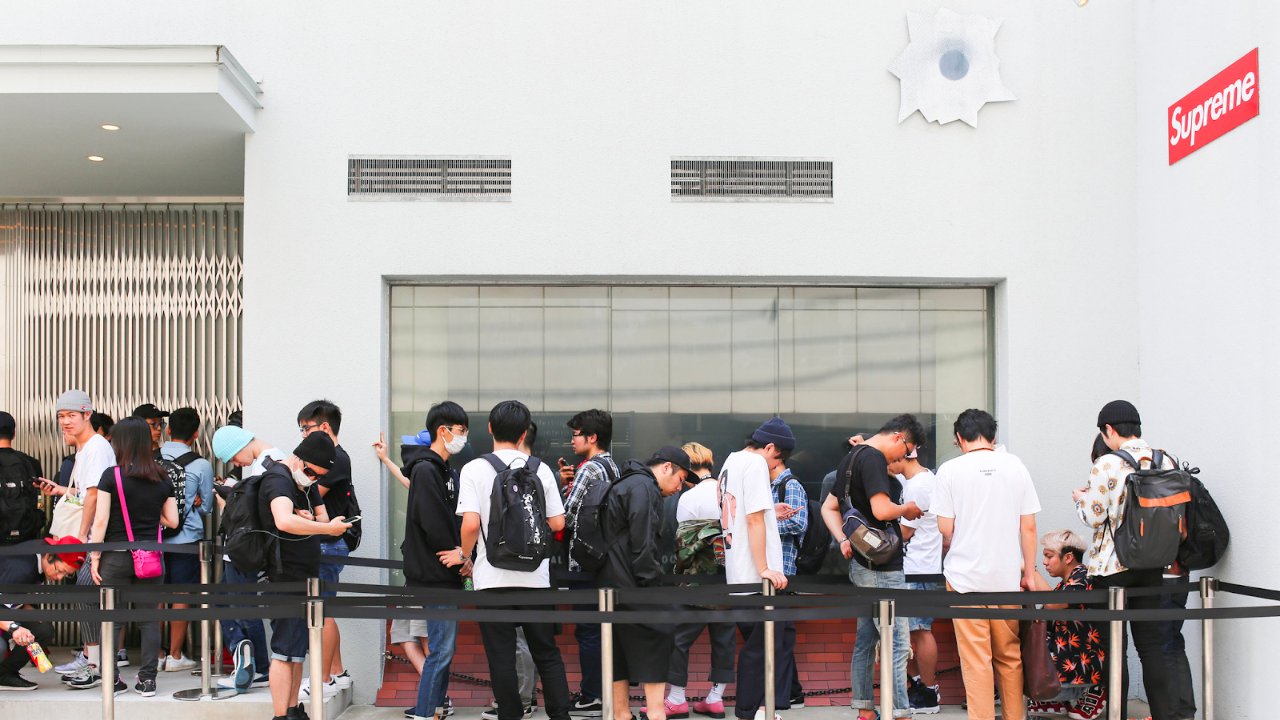
As you may have been aware, Supreme has its unique strategy for using pop culture marketing for its products.
The brand makes seasonal product releases usually in fall, winter, spring and summer. For a period of 20 weeks, Supreme will unveil new clothing and accessories every week.
T-shirts cost $32 and sweatshirts cost roughly $168 on average, however, once these objects are bought, they are gone forever.
There is no guarantee that Supreme will ever re-release these items. The key to Supreme's success is this once-in-a-lifetime purchase.
Since there is no certainty that the item will ever be re-issued, practically every time it is released, it sells out in a matter of seconds.
Although this also has to do with collectors and the secondary market, it is difficult to obtain one due to the product's ongoing high demand.
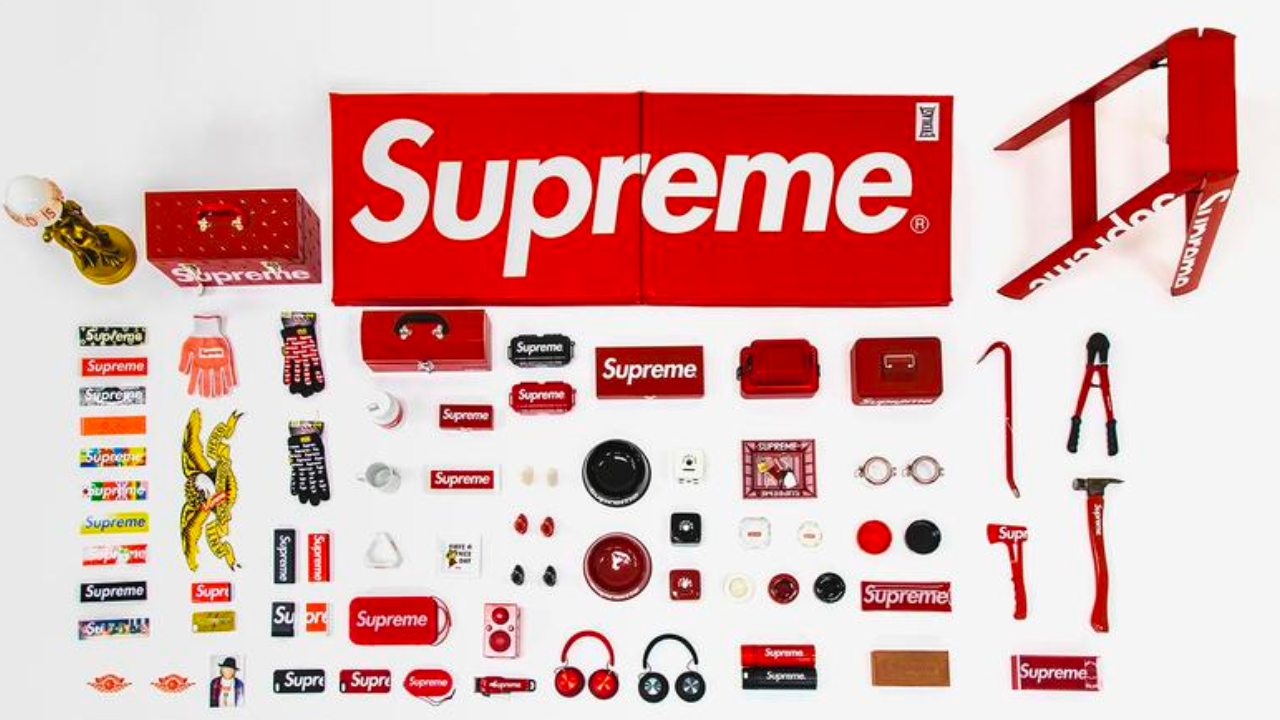
All things considered, Supreme is more than simply a box logo hype. Supreme is a ground-breaking business that has defined the standards for what constitutes success in our culture today.
Lyft
Branded content can be a tricky business, as the challenge lies in striking the right balance between creating content that people genuinely want to watch and ensuring the brand is subtly incorporated without becoming a distraction.
Lyft has mastered this balance through its innovative use of pop culture marketing. The brand's bright pink logo already evokes a warm, happy, and welcoming vibe, which perfectly aligns with its pop culture marketing strategy. By leveraging trends and moments in pop culture, Lyft has successfully strengthened its brand presence.
Lyft's pop culture marketing approach includes celebrity-driven campaigns, sponsored entertainment, and strategic brand partnerships, all aimed at showing audiences how fun and engaging a ride-hailing service can be.
This clever integration of pop culture marketing has allowed Lyft to stand out and connect with its target audience in new and exciting ways.

For example; "Strange Mode," which transformed Lyft cars into moving horror productions, was born out of a collaboration with Netflix to promote the second season of Stranger Things.
Lyft makes an effort to improve people's lives in general or to tap into pop culture marketing in its brand partnerships.
In order to provide communities with access to bikesharing, the ridesharing company partnered with LeBron James and his empowerment brand, Uninterrupted, for the LyftUp initiative. As a ride-sharing company, Lyft focused on a problem they are well-positioned to solve: dependable transportation for everyone.

There was also Taco Bell's "Taco Mode," which gave complimentary tacos if you stopped at a Taco Bell drive-thru on your route somewhere else.
The business also worked with Disney to create the Minnie Vans shuttle service, and with Delta to allow Lyft trips to and from the airport to earn Delta reward points.
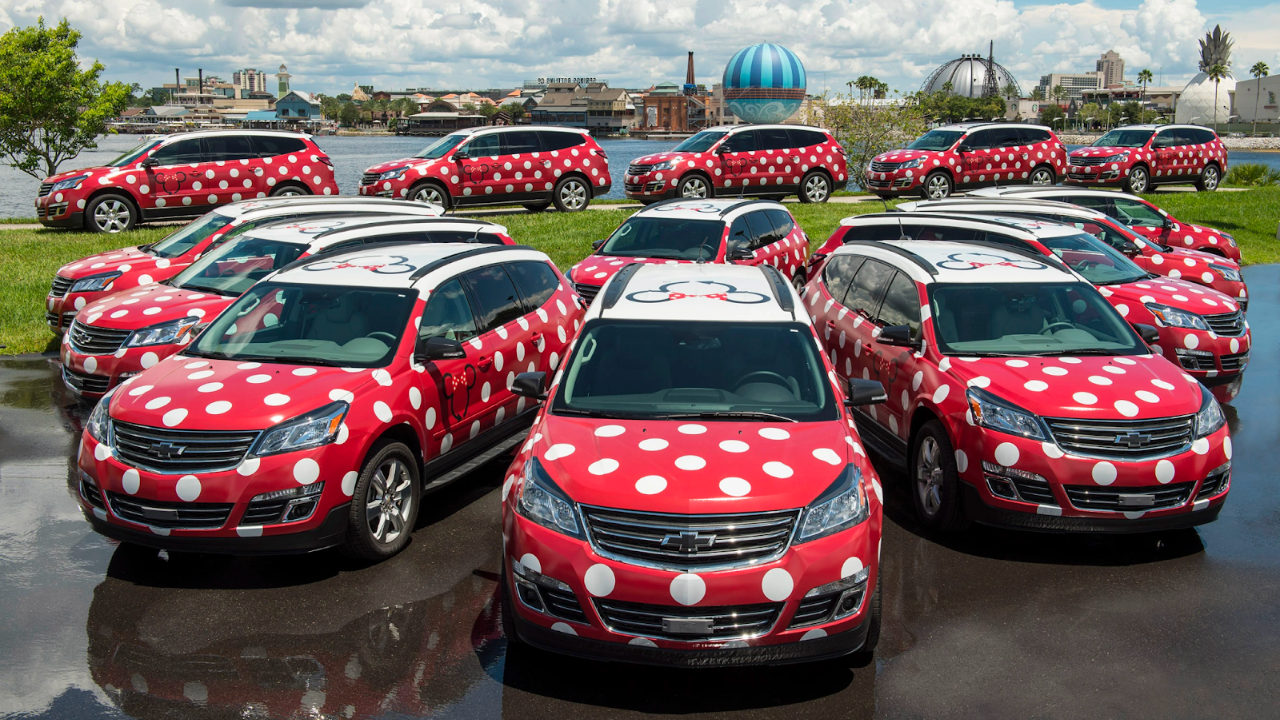
Lyft does a wonderful job of leveraging pop culture marketing as a brand strategy, whether it's taking you to Disney World, stuffing tacos in your face, or getting celebrities to dress up and drive you about thanks to Lyft Entertainment and its marketing.
Although the overall quality may be in question, the brand's reputation for being lighthearted and welcoming has been cemented by its enormous volume and reliable output.
✍️ Written by Tiffany Kwan
JOIN 25K MARKETING GIRLIES
Women in Marketing LinkedIn Group
A private community where young women in marketing network, collaborate, and support each other.
GOOD STUFF ONLY
Sky Society Weekly Edit
Signup for our weekly newsletter for:
✨ New entry-level marketing jobs
✨ Marketing tips and tea
✨ Resume and portfolio resources
✨ Invites to exclusive events
We hate SPAM. We will never sell your information, for any reason.


